Flockton, a rural village Small rural collection of buildings with a church. stretched out along the Barnsley to Huddersfield road in Kirklees, West Yorkshire, takes its name from a Viking settler. The underlying coal was exploited from medieval times by monks from Rievaulx and Byland Abbeys. The village developed during the Industrial Revolution and became an important coal-mining area with better transport links after the roads were turnpiked, and a wooden wagonway built to carry coal for transportation on the Calder and Hebble Navigation.
Small rural collection of buildings with a church. stretched out along the Barnsley to Huddersfield road in Kirklees, West Yorkshire, takes its name from a Viking settler. The underlying coal was exploited from medieval times by monks from Rievaulx and Byland Abbeys. The village developed during the Industrial Revolution and became an important coal-mining area with better transport links after the roads were turnpiked, and a wooden wagonway built to carry coal for transportation on the Calder and Hebble Navigation.
Geography and geology

Wikimedia Commons
Flockton lies in the South Pennine fringe, more than 400 feet (122 m) above sea level in Kirklees, West Yorkshire. It is about six miles (9.7 km) from Huddersfield, seven from Wakefield and nine from Barnsley. The A637 Barnsley road passes east to west through the village to a junction with the A642 Huddersfield to Wakefield road at Grange Moor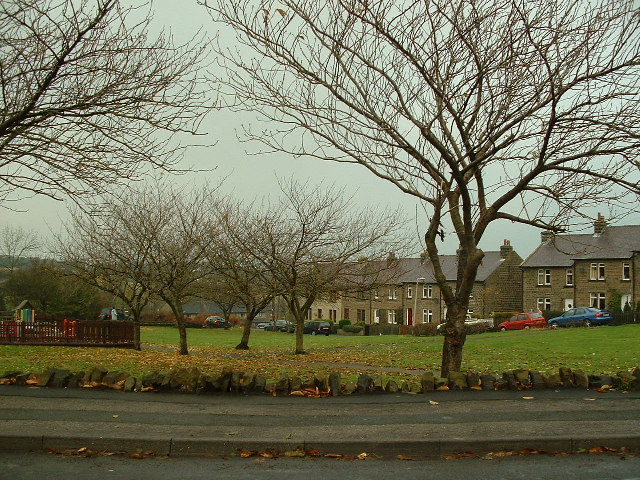 Tract of moorland more than 700 feet above sea level gave its name to this Yorkshire village.. At the eastern end of the village a minor road from Overton
Tract of moorland more than 700 feet above sea level gave its name to this Yorkshire village.. At the eastern end of the village a minor road from Overton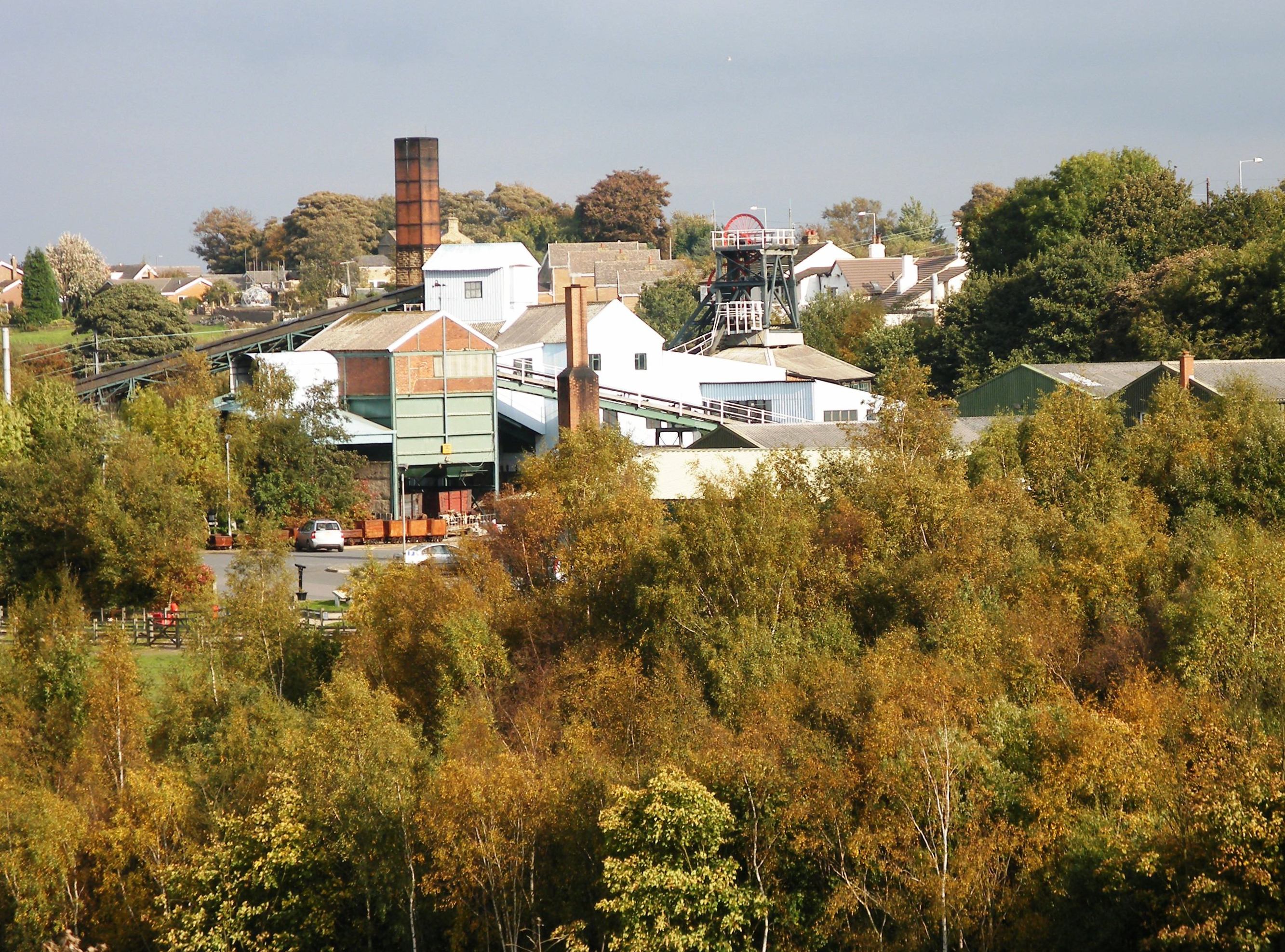 Ancient township of four villages, renamed from Shitlington to Sitlington in 1929. to the north meets the A637 and minor roads to the south access Emley
Ancient township of four villages, renamed from Shitlington to Sitlington in 1929. to the north meets the A637 and minor roads to the south access Emley Rural village in the South Pennine fringe, midway between Hudddersfield and Wakefield. and Emley Moor. The Flockton Beck, to the south of the village rises on Flockton Moor, flowing in a south-easterly direction to join the River Dearne near West Bretton
Rural village in the South Pennine fringe, midway between Hudddersfield and Wakefield. and Emley Moor. The Flockton Beck, to the south of the village rises on Flockton Moor, flowing in a south-easterly direction to join the River Dearne near West Bretton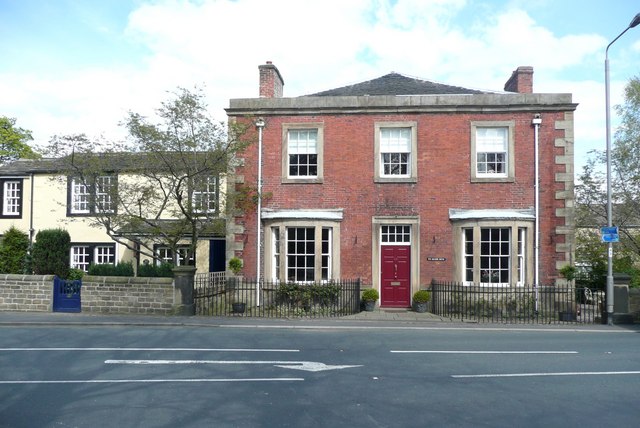 Village and civil parish in the Wakefield District of West Yorkshire..[1]
Village and civil parish in the Wakefield District of West Yorkshire..[1]
Flockton is built on the Birstall Rock, a layer of sandstone of the Lower Coal Measures, made up of layers of sandstones, mudstones, siltstones and coal seams formed 310 million years ago.[2] The Flockton Thick and Flockton Thin coal seams were named from where they outcropped in the village.[3][4] Some orange-coloured streams in the area indicate that water has permeated through a layer of iron-rich rock known as siderite, and iron has leeched into the shallow groundwater.[2]
History
Flockton, Floki’s farmstead, is made up of an Old Scandinavian personal name and the Old English tūn meaning an enclosure, farmstead, village or estate. It pre-dates the Norman invasion; Flochetone in the Manor of Wakefield was recorded in the Domesday Book in 1086 as waste.[5] In the 13th century the settlement had a corn mill on Mill Beck, a continuation of Flockton Beck.[6] The de Wortley family were landowners in the 13th century until their holding was sold to the Beaumonts of Bretton HallCountry house on the north slope of the valley of the River Dearne in West Bretton near Wakefield, West Yorkshire, England..
Cistercian monks from Rievaulx and Byland Abbeys, who were granted the right of pasture and mining rights, set up granges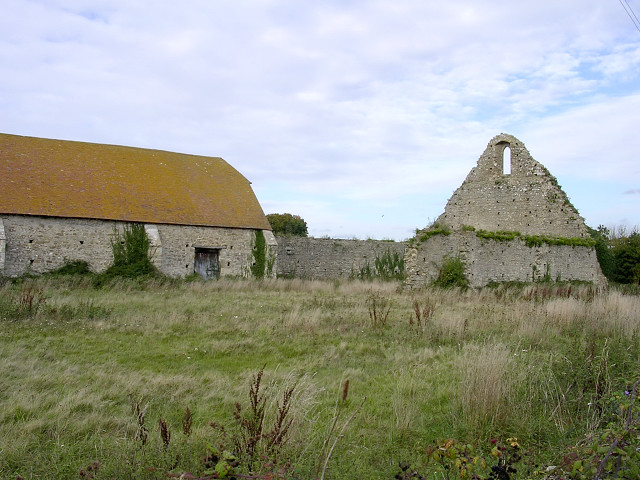 Monastic granges were outlying landholdings held by monasteries independent of the manorial system. They could be of six known types: agrarian, bercaries (sheep farms), vaccaries (cattle farms), horse studs, fisheries or industrial complexes. where they kept sheep and cattle.[7] They exploited the coal outcrops that started the coal-mining industry that flourished in the 18th and 19th centuries. Over time the hamlets
Monastic granges were outlying landholdings held by monasteries independent of the manorial system. They could be of six known types: agrarian, bercaries (sheep farms), vaccaries (cattle farms), horse studs, fisheries or industrial complexes. where they kept sheep and cattle.[7] They exploited the coal outcrops that started the coal-mining industry that flourished in the 18th and 19th centuries. Over time the hamlets Rural settlement smaller than a village. of Over and Nether Flockton merged into a single settlement as the population grew.[1]
Rural settlement smaller than a village. of Over and Nether Flockton merged into a single settlement as the population grew.[1]
Richard Carter, who died around 1700, made his fortune from coal. He financed Flockton’s first church, almshouses and endowed the school.[8] A grammar school had been established in the 17th century and Carter provided for six poor boys to be taught there. It was replaced in the 19th century as a day, night and Sunday school with support from the Lister Kayes of Denby Grange,[9] and developed into a national school Schools set up by Anglican clergy and their local supporters, initially run by single teachers using the monitorial system., the predecessor of the present primary school.[10]
Schools set up by Anglican clergy and their local supporters, initially run by single teachers using the monitorial system., the predecessor of the present primary school.[10]
In the 18th century Richard Milner, a timber merchant and maltster,[3] began the Flockton Collieries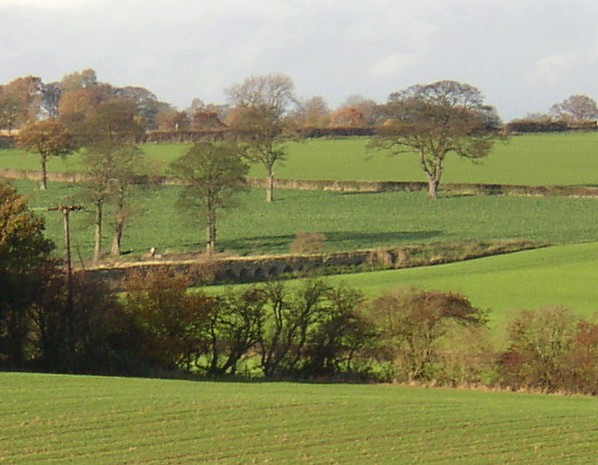 Several pits, some started before 1700, around Flockton and Middlestown between Wakefield and Huddersfield in the West Riding of Yorkshire. on the Wortley’s New Hall estate at Dial Wood in Sitlington and started a wooden wagonway that started at Lane End Colliery at the eastern end of Flockton and ended at staithes by the Calder and Hebble Navigation
Several pits, some started before 1700, around Flockton and Middlestown between Wakefield and Huddersfield in the West Riding of Yorkshire. on the Wortley’s New Hall estate at Dial Wood in Sitlington and started a wooden wagonway that started at Lane End Colliery at the eastern end of Flockton and ended at staithes by the Calder and Hebble Navigation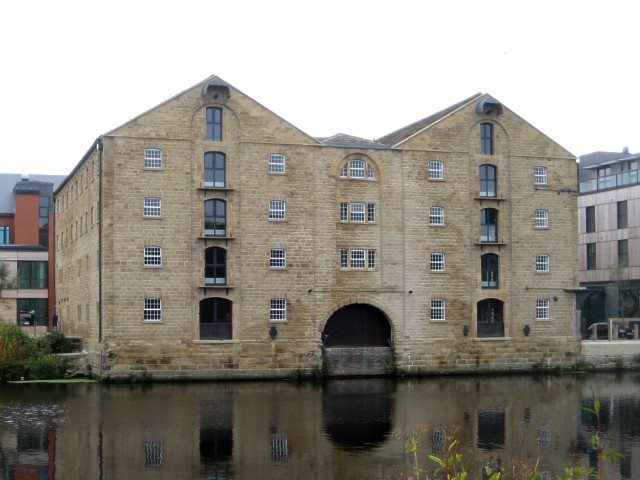 Constructed between 1758 and 1834, the navigation makes the River Calder navigable between Sowerby Bridge and Wakefield in the West Riding of Yorkshire. at Horbury Bridge.[11]
Constructed between 1758 and 1834, the navigation makes the River Calder navigable between Sowerby Bridge and Wakefield in the West Riding of Yorkshire. at Horbury Bridge.[11]
In 1759 the Barnsley to Grange Moor road was turnpiked and connected to the Wakefield to Austerlands turnpike at crossroads north west of the village, providing better connectivity to Wakefield, Huddersfield and beyond.[12]
In 1861 the village contained eleven public houses, of which only two have survived: the Sun and the George and Dragon, parts of which are said to date from 1485.[13] The Working Men’s Club is a reminder of the village’s industrial past.[9]
Religion
Flockton was a chapelry Church subordinate to a parish church serving an area known as a chapelry, for the convenience of those parishioners who would find it difficult to attend services at the parish church. in the ancient parishAncient or ancient ecclesiastical parishes encompassed groups of villages and hamlets and their adjacent lands, over which a clergyman had jurisdiction. of Thornhill until 1860, when it became a parish in its own right.[14] St James the Great’s Church was built in 1869 to replace the earlier “incommodious edifice” that stood on the opposite side of the road.[15] Several nonconformist chapels were built in the village, but only the Zion United Reformed Church at the eastern end of the village survives.
Church subordinate to a parish church serving an area known as a chapelry, for the convenience of those parishioners who would find it difficult to attend services at the parish church. in the ancient parishAncient or ancient ecclesiastical parishes encompassed groups of villages and hamlets and their adjacent lands, over which a clergyman had jurisdiction. of Thornhill until 1860, when it became a parish in its own right.[14] St James the Great’s Church was built in 1869 to replace the earlier “incommodious edifice” that stood on the opposite side of the road.[15] Several nonconformist chapels were built in the village, but only the Zion United Reformed Church at the eastern end of the village survives.





